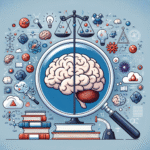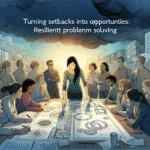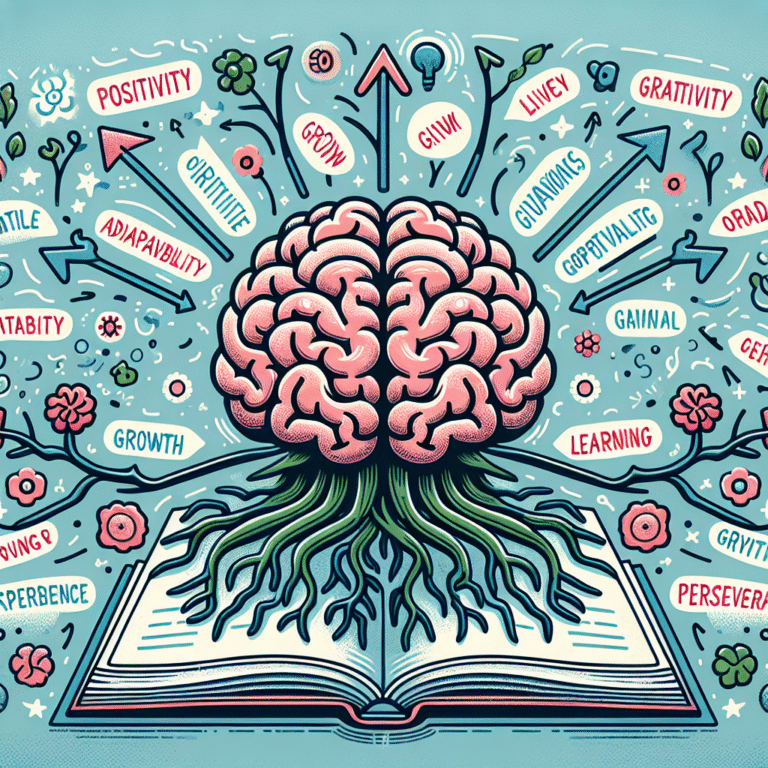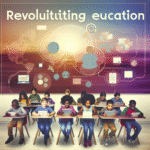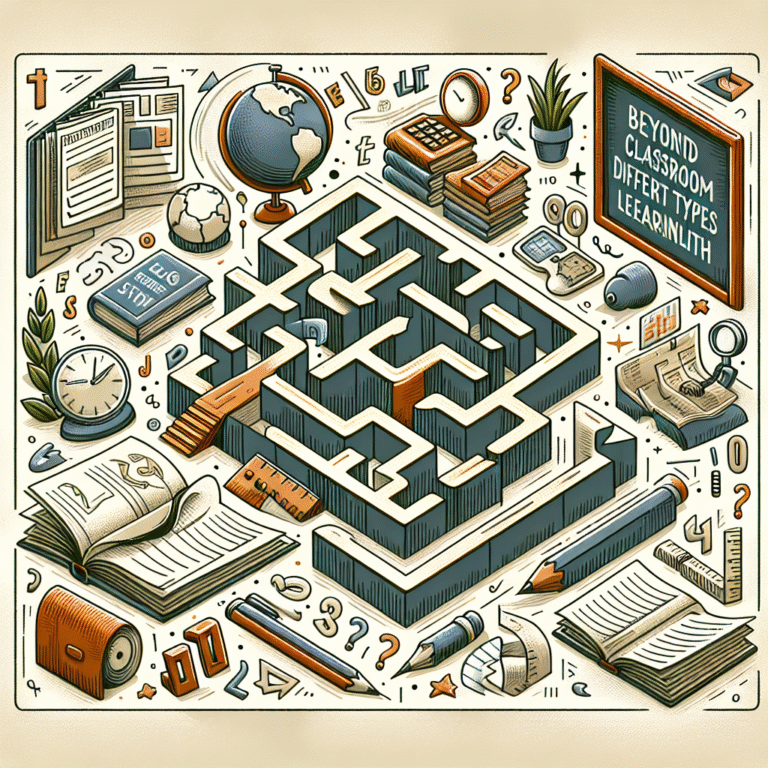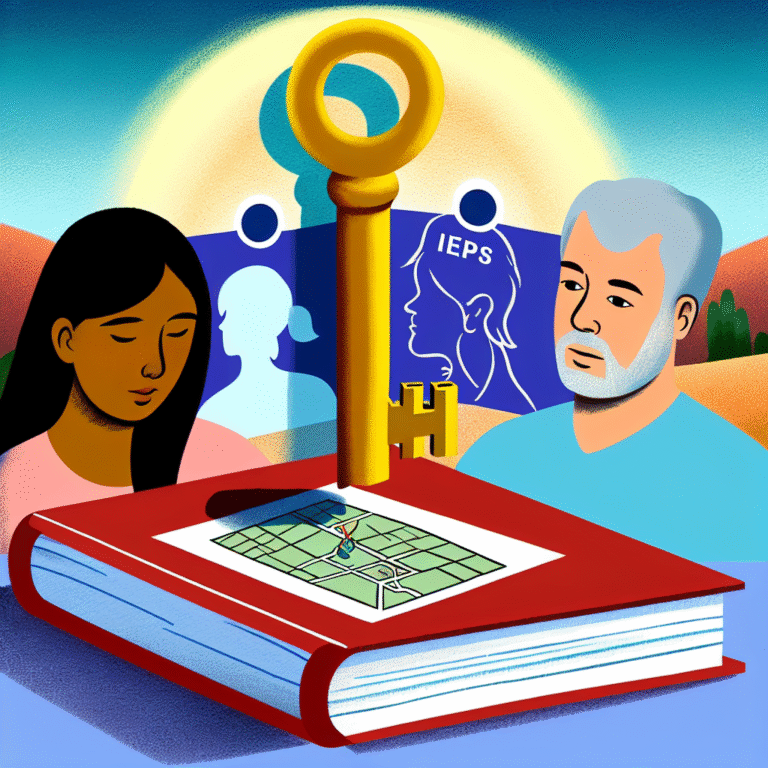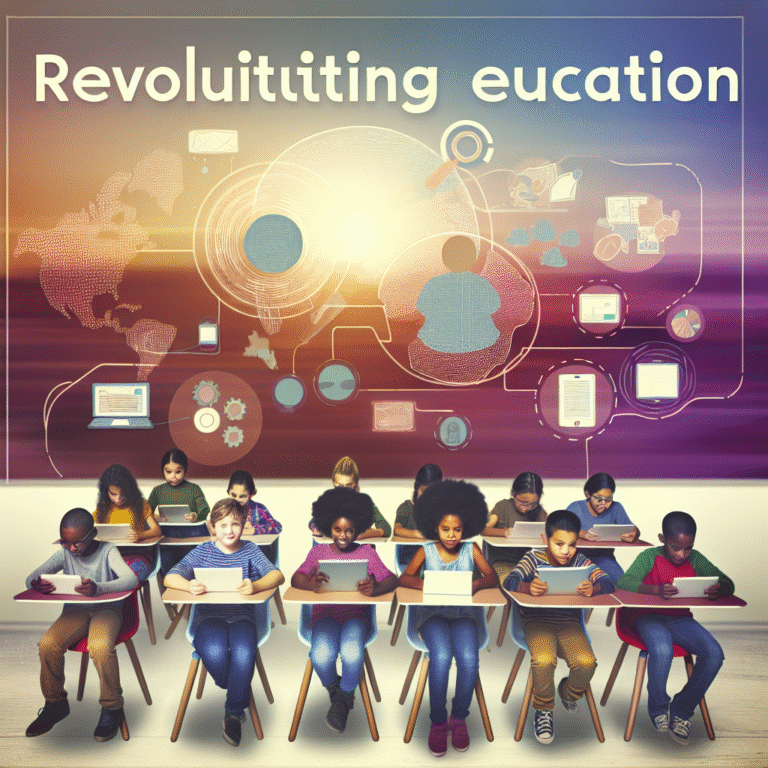
Introduction
In today’s fast-paced world, students face unprecedented challenges that go beyond traditional academic learning. As educators and parents, it is essential to equip young minds with skills that foster lifelong success. One of the most transformative approaches to accomplish this is by teaching self-regulation skills. Transforming Education: The Benefits of Teaching Self-Regulation Skills not only aids in academic achievement but also builds resilience, emotional intelligence, and critical thinking. Let’s dive into the transformative potential of self-regulation skills and how they can shape the future of education.
Understanding Self-Regulation Skills
What Are Self-Regulation Skills?
Self-regulation skills encompass the ability to manage thoughts, emotions, and behaviors in various contexts. These skills include self-control, goal setting, monitoring one’s progress, and adjusting actions accordingly. In the classroom, effective self-regulation helps students focus, stay motivated, and improve their learning outcomes.
The Importance of Self-Regulation in Education
Teaching self-regulation is essential for a well-rounded education. It promotes not only academic success but also equips students with social and emotional tools necessary for navigating life’s challenges. As we examine the transformation in education, we must consider the following core components of self-regulation skills: emotional control, motivation, and monitoring.
The Transformative Impact of Self-Regulation Skills
Emotional Control
Emotional control enables students to manage feelings of frustration or anxiety, especially in high-pressure situations. Students with strong emotional regulation are better equipped to handle challenging tasks without becoming overwhelmed.
Case Study: The Mindfulness Initiative
A school district in California implemented mindfulness programs aimed at teaching emotional regulation. The program involved meditation and breathing exercises. Over the course of the year, study results indicated a 30% decrease in classroom disruptions and a significant increase in student satisfaction. This demonstrated the effectiveness of emotional control in enhancing the classroom environment—an essential aspect of Transforming Education: The Benefits of Teaching Self-Regulation Skills.
Motivation
Motivation drives persistence and engagement in learning. Students who can self-regulate are more likely to set realistic goals and put in the effort to achieve them.
Case Study: Goal-Setting Workshops
In a New York high school, teachers introduced goal-setting workshops that focused on helping students articulate their personal and academic goals. The outcome showed a remarkable increase in student engagement, with 85% of participants reporting higher motivation towards their studies. By fostering autonomy and self-driven learning, this initiative illustrates the critical role of motivation in Transforming Education: The Benefits of Teaching Self-Regulation Skills.
Progress Monitoring
The ability to monitor one’s progress is crucial for achieving long-term goals. Self-regulated learners are adept at evaluating their performance and making necessary adjustments.
Case Study: Self-Assessment Journals
A middle school in Texas implemented self-assessment journals for students. The journals required students to reflect on their learning experiences and identify areas for improvement. After a semester, teachers noted a 40% increase in overall performance as students became more aware of their strengths and weaknesses. Such evidence supports the argument that teaching self-regulation skills can dramatically change academic outcomes—highlighting further the essence of Transforming Education: The Benefits of Teaching Self-Regulation Skills.
Strategies for Teaching Self-Regulation Skills
1. Foster a Positive Classroom Environment
Creating a supportive atmosphere can significantly encourage self-regulation. When students feel valued and safe, they are more likely to take risks and express their emotions.
2. Incorporate Mindfulness Practices
Mindfulness techniques such as deep breathing and meditation can teach emotional control and stress management. Regular practice enables students to remain focused even in challenging situations.
3. Set Clear Goals and Expectations
Teachers should encourage students to set specific, measurable, achievable, relevant, and time-bound (SMART) goals. This clarity empowers students to take ownership of their learning.
4. Use Reflective Journals
Introducing reflective journals can help students monitor their thoughts and emotions. This practice can enhance their metacognitive skills and improve self-awareness.
5. Provide Feedback
Constructive feedback is essential for fostering self-regulation. It provides students with the necessary information to adapt their approaches and strategies.
Visualizing the Impact
The following chart illustrates the progression of self-regulation skills through the implementation of various educational strategies:
| Strategy | Expected Outcome | Timeframe |
|---|---|---|
| Positive Classroom Environment | Improved emotional management | Immediate |
| Mindfulness Practices | Increased focus | Short-term |
| Goal Setting | Enhanced motivation | Long-term |
| Reflective Journals | Improved self-awareness | Ongoing |
| Constructive Feedback | Better adaptability | Ongoing |
Conclusion
As we explore the complexities of the educational landscape, it becomes clear that self-regulation is paramount in cultivating a generation of empowered learners. Transforming Education: The Benefits of Teaching Self-Regulation Skills can lead to improved emotional control, heightened motivation, and better academic performance. By implementing innovative teaching methods, educators can create an environment ripe for personal and academic growth. The journey towards transforming education is well under way, and self-regulation is a crucial cornerstone.
Actionable Insight
Educators, parents, and administrators—embrace this transformative journey. Start by adopting one self-regulation technique in your classroom or home today. Witness the profound impact it can have on students’ lives as they gain control and confidence in their learning process.
FAQs
1. What are self-regulation skills?
Self-regulation skills are the abilities to manage thoughts, emotions, and behaviors in various contexts, including controlling impulses, setting goals, and monitoring one’s performance.
2. Why are self-regulation skills important in education?
They foster academic success and equip students with essential social-emotional tools for resilience and effective life management.
3. How can teachers effectively implement self-regulation strategies?
Teachers can create a positive environment, use mindfulness practices, set clear goals, encourage reflective journaling, and provide constructive feedback to help students develop self-regulation skills.
4. What role does emotional control play in self-regulation?
Emotional control enables students to manage feelings of frustration or anxiety, helping them maintain focus and persistence in challenging tasks.
5. How can parents support their children in developing self-regulation skills?
Parents can encourage goal-setting, provide consistent feedback, model self-regulation behaviors, and create opportunities for their children to practice self-monitoring and reflection.
By focusing on Transforming Education: The Benefits of Teaching Self-Regulation Skills, we can create a brighter future for our students, one that prepares them for the complexities of the world they will face.
